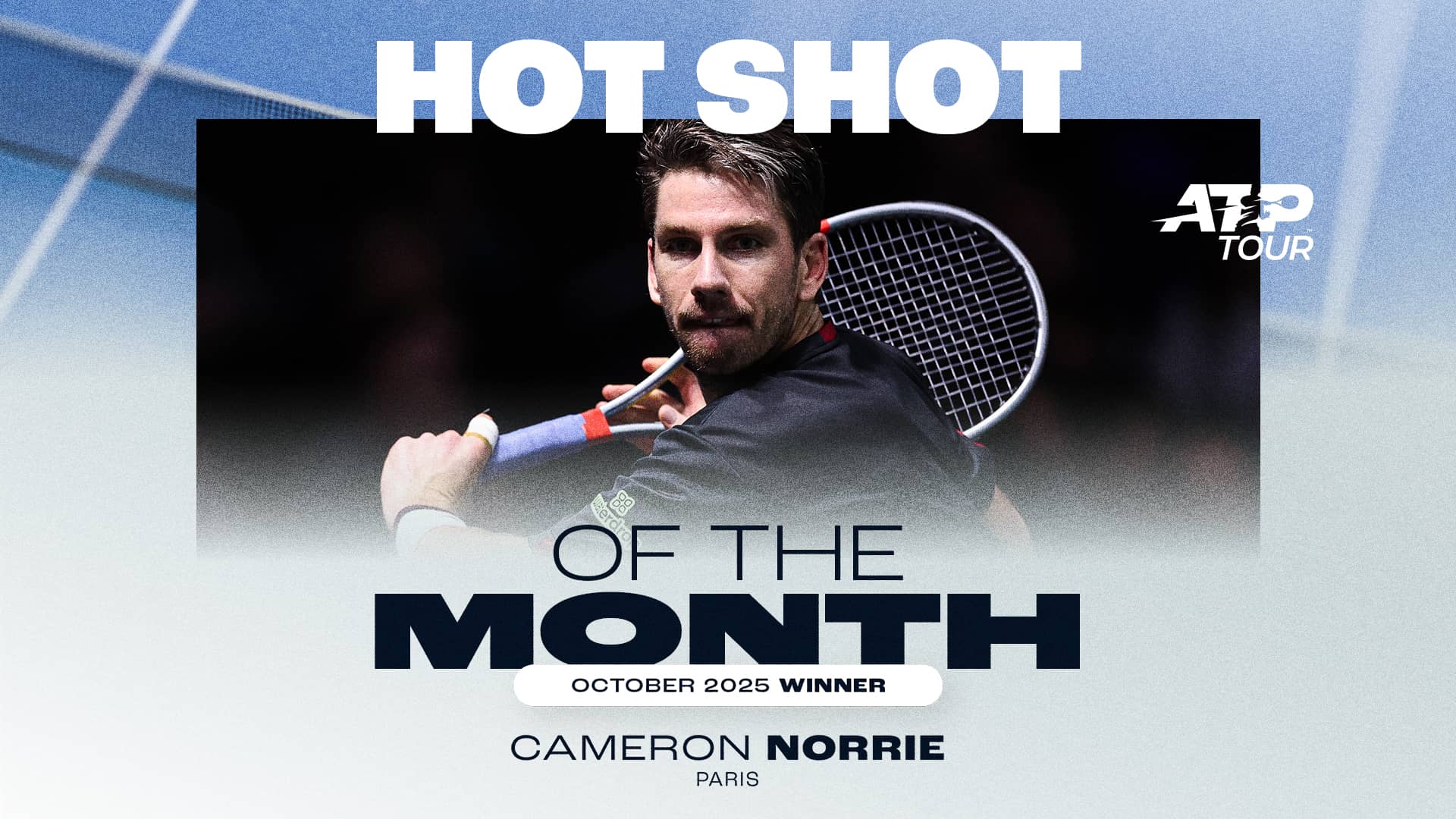Sinner builds indoor legacy amid Turin's roar
Jannik Sinner's unflinching run under the roof in Turin propels him toward history, his 28-match streak a testament to tactical mastery as the ATP Finals semifinals loom.

In the electric hum of Turin's Pala Alpitour, Jannik Sinner dismantled Alexander Zverev with baseline precision, extending his indoor winning streak to 28 matches and clinching a semifinal spot at the Nitto ATP Finals. The air thick with anticipation, his flat groundstrokes cut through the still atmosphere, turning Zverev's power into hurried errors. This surge feels like more than momentum—it's a psychological anchor in a season scarred by grueling schedules and high-wire defenses.
Streak ignites from past defeat
The Italian's run, sixth longest in the Open Era excluding carpet, traces back two years to a Turin final loss against Novak Djokovic, where defeat sparked an unyielding ascent. Since that night, Sinner has strung together triumphs on indoor hard courts, outlasting all but a elite quartet: John McEnroe, Djokovic, Roger Federer, and Ivan Lendl. Federer notched the mark twice, but McEnroe's 47-match reign from 1978 to 1987 remains the summit, with no other soul surpassing 35.
What sets this apart is the sheer efficiency; Sinner has pushed to a deciding set in only three of those 28 victories, claiming 25 in straight sets with just five tie-breaks to break the rhythm. Last year at the Nitto ATP Finals, he surrendered no more than four games per set, the first to conquer the event without dropping a frame since Lendl in 1986. This year, through two rounds, not a single set has wavered, his inside-out forehands landing with surgical depth amid the crowd's rising pulse.
“I feel like when someone hits fast, it's very difficult to change the pace of the ball. So this for sure helps me a lot playing indoors,” Sinner said. “[At] the same time I also try to change the pace because it is essential and it is important, especially with the difference of the players you play against. But yeah, you don't have the wind, you don't have the sun. You always have the same feeling on the court. It also helps you to feel more and more comfortable, at least from my side.”
Indoor edge sharpens tactical control
The enclosed conditions amplify Sinner's strengths, where consistent bounces let him deploy one–two patterns—serve into a crosscourt backhand—to disrupt opponents' timing without outdoor distractions. Against Zverev's booming serves, he fired deep returns to force mid-court scrambles, then unleashed down-the-line forehands that exploited the faster pace. This adaptability turns potential slugfests into controlled exchanges, his underspin slices low and skidding to pull rivals forward prematurely.
At 24, the San Candido native's indoor record stands at 88-21, carving out the fifth-best winning percentage in Open Era history via the ATP Win/Loss Index. McEnroe leads at 85.3 percent, followed by Lendl at 83 percent, Jimmy Connors at 81.6 percent, and Federer at 81 percent; even Djokovic's 80.2 percent among active players falls short. Sinner's affinity for the surface—its predictability aiding his penetrating shots—builds a mental fortress, channeling the season's fatigue into focused aggression as cheers echo off the rafters.
Legacy beckons in semifinal spotlight
This imperious form positions him to stretch the streak to 31 and defend his Nitto ATP Finals crown, where every point carries the weight of emerging legend. The psychological lift from uniform conditions frees him to vary pace, dipping into slice approaches or accelerating inside-in winners to keep foes guessing. As Turin pulses with expectation, Sinner's blend of composure and calculation hints at a throne among indoor titans, his path forward illuminated by the court's steady glow.


